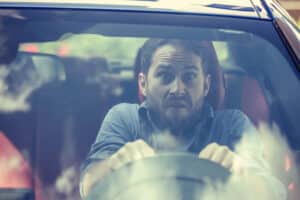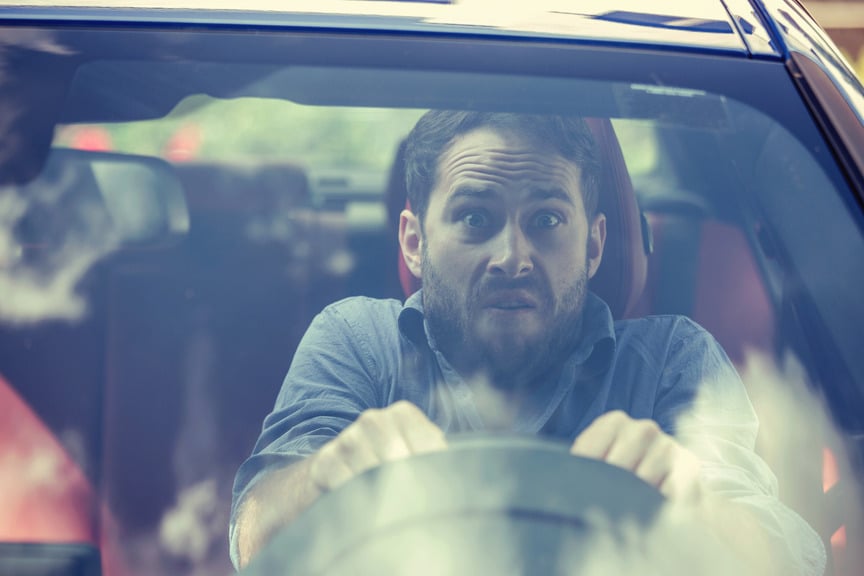
In this case, the 10-year-old boy who was killed in the crash was hit by a white vehicle which was headed east. It was not known whether the boy was in the crosswalk at the time of the incident. A neighbor told KOIN6 she had also witnessed a deadly pedestrian accident in the same location the prior November and she commented about the intersection: “It’s very dangerous, very, very dangerous.”
Unfortunately, many pedestrians die in Oregon each year, not only at this intersection but on roads throughout the state. National Highway Traffic Safety Administration reported pedestrians accounted for 48 of the 313 people killed statewide in car accidents over the course of 2013. This was 15.3 percent of fatalities statewide. Pedestrians and drivers can all come together to try to bring down death rates so tragic collisions like this recent deadly crash can be avoided.
Preventing Pedestrian Collisions in Oregon
NHTSA explains when and where pedestrian crashes are most likely to occur, and motorists and walkers can learn about these dangerous locations so they can make sure they are careful in high risk situations.
For example, NHTSA indicates 69 percent of crashes happen outside of intersections, compared with 20 percent at intersections and around 10 percent at other spots like on trails. Pedestrians must be cautious regarding walking on roads when outside of designated crosswalks. They should avoid stepping out in between cars, should cross at intersections whenever possible, and should try to avoid walking on road shoulders or other roads without sidewalks.
Drivers can also try to avoid striking walkers at non-intersections by avoiding high-risk behaviors like speeding and driving while distracted. It is a good idea for drivers to slow down when in residential neighborhoods, school zones, or other spots where there tend to be high concentrations of children. As summer comes and more children are outside, this will become increasingly important.
NTSA also indicated 72 percent of pedestrians who are killed are involved in accidents at night, while just 25 percent experience fatal collisions in daylight. Two percent of deadly pedestrian crashes occur at dusk and another two percent of daily pedestrian collisions occur at dawn. Drivers have to be more careful to look for pedestrians when it has begun to get dark. Pedestrians can also take steps to protect themselves from these night collisions, like wearing reflective clothing so it is easier for drivers to see them after dark.
This entry was posted on Wednesday, April 20th, 2016 at 3:41 pm and is filed under Car Accidents. You can follow any responses to this entry through the RSS 2.0 feed. You can leave a response, or trackback from your own site.









